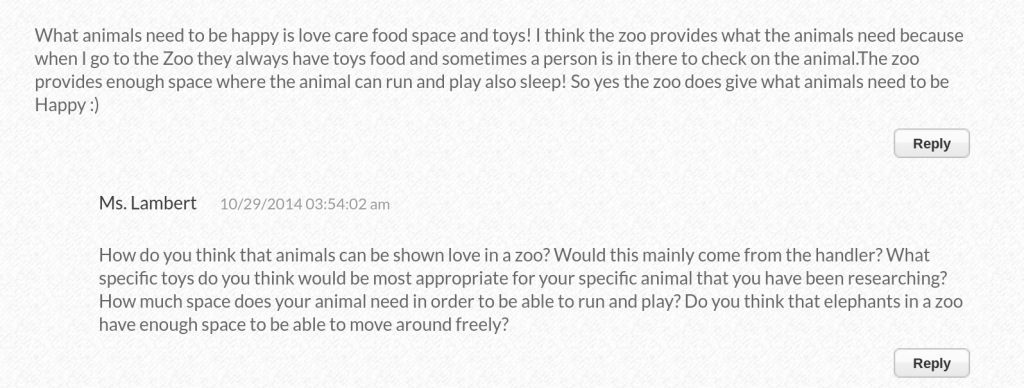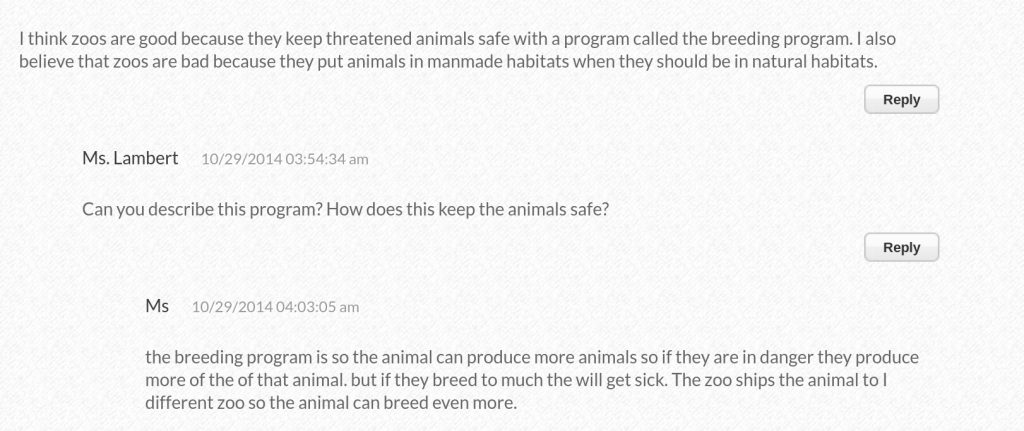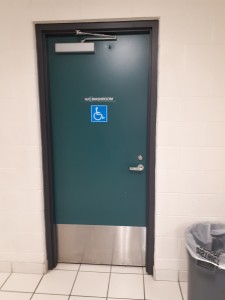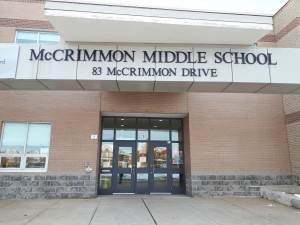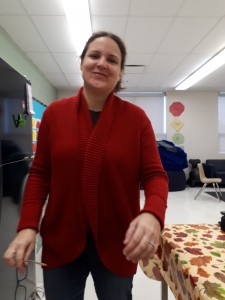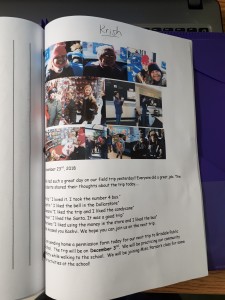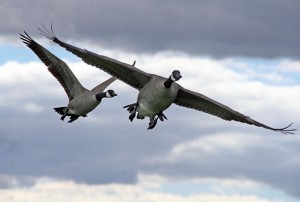Art is powerful. Whether through music, dance, drama, or visual arts, it has the ability to take us to other worlds, giving us a glimpse into the experiences of others. It also allows us to explore how we might share our experiences creatively through movement, sound and visuals. In this post, I’ll share a couple of upcoming virtual field trips you might be interested in participating in with students.
The AGO Virtual School Programs
Students from kindergarten through grade 12 can experience the Art Gallery of Ontario’s collection through their virtual school programs. I’ve shared in the past that this was a hit for my students and this year, they’ve added something I haven’t seen before. On Fridays, there’s Artmaking 101! This is an opportunity for students – and yes, teachers – to try simple drawing techniques – inspired by the elements of design. It’s a practical way for students to engage with a work of art, discuss a particular element, and then have the chance to play around and/or practice. I love this idea! April is all about one of my favourite elements, colour. Give it a try!
Every year, The National Ballet of Canada provides students with the opportunity to learn with and from Apprentices and Ballet Teaching Artists. Prior to Covid, schools could register to have a Ballet Teaching Artist visit but now, with a virtual demonstration, more classrooms can have the opportunity to participate. Last year, I had students get up and move around, trying out some of the dance movements and it was a great opportunity for them to learn a new art form and to think about dance in a different way. The before and after questions certainly helped to create meaningful conversations around what the students would see and experience. This year’s performance is on Friday, May 20th, from 12:15 to 1:15 pm ET. There’s still time to sign up.
 I know that Art has played an important part in my life. Music can bring about strong feelings of nostalgia and visual art is one tool that I use to help support my mental health and well-being. In what ways do the Arts impact your life? How might we consider this in our daily work with students? In what ways might we infuse more Art and in turn creativity? These are some questions that I am pondering.
I know that Art has played an important part in my life. Music can bring about strong feelings of nostalgia and visual art is one tool that I use to help support my mental health and well-being. In what ways do the Arts impact your life? How might we consider this in our daily work with students? In what ways might we infuse more Art and in turn creativity? These are some questions that I am pondering.



